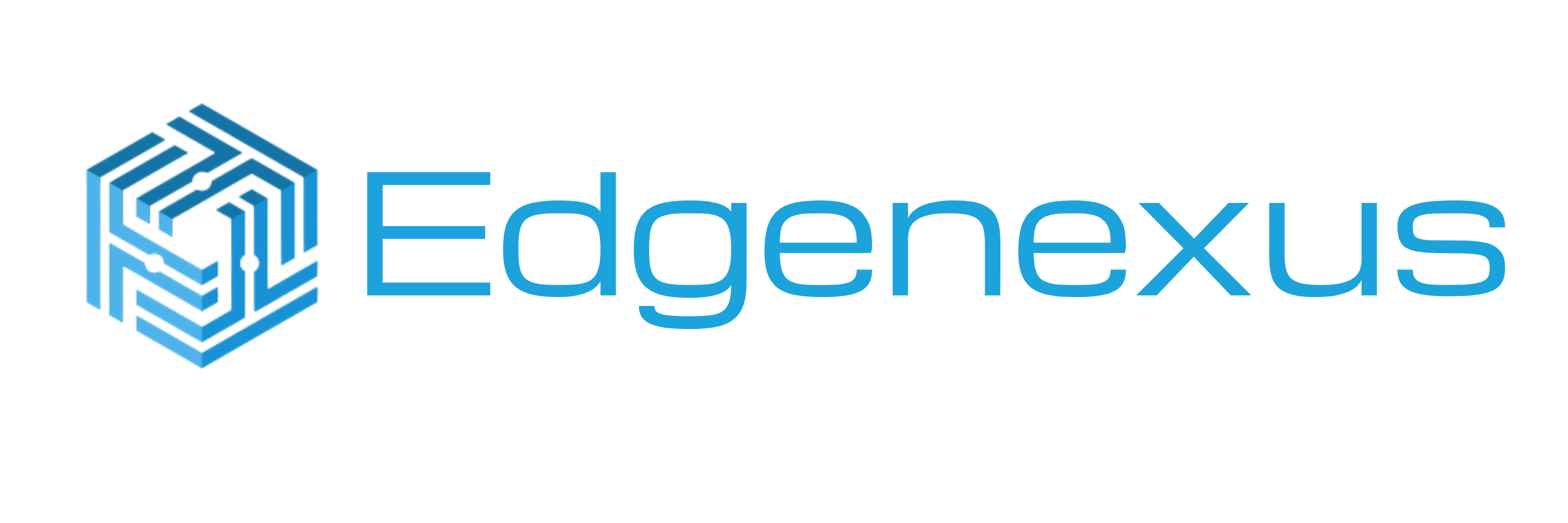Are your company’s digital services ready for the future? As the year winds down, many businesses face a crucial decision: it’s time to assess their core technology. This is especially true for systems delivering applications to customers and employees. Keeping outdated systems running isn’t just expensive; it can seriously hold back your business growth.
The year-end is perfect for this review. It’s a strategic time to plan for the next budget cycle, letting you look closely at your technology stack, including how your applications reach their users.
This guide will walk you through a complete audit framework, focusing on your existing systems, especially your load balancers. We’ll help you understand their current state, then explore how to move to modern Application Delivery Controllers (ADCs). This move can significantly boost performance, security, and overall flexibility. For IT leaders and network engineers, understanding this shift is key, it’s what ensures your business stays competitive and secure.
Many businesses spend a lot maintaining old systems. That’s money that could be far better used for innovation. In fact, studies show maintaining legacy IT infrastructure can consume over 60% of an IT budget, leaving little room for new projects. Imagine what you could achieve with those freed-up resources!
Understanding Your Current Landscape: What is a Legacy Load Balancer ?
A legacy load balancer often refers to hardware-focused devices, typically large, standalone boxes that might’ve been installed years ago. These older systems are designed to distribute incoming network traffic across multiple servers, ensuring no single server is overwhelmed.
However, these legacy systems come with many challenges. They often have rigid configurations, making changes complex and time-consuming. They might use custom rules (like iRules) that are difficult to manage.
Common problems include slow application performance, difficulty handling sudden spikes in traffic, and high operational costs due to frequent maintenance and hardware upgrades. Security updates can be hard to apply, leaving systems vulnerable. They also lack deep traffic visibility and often don’t integrate well with modern cloud or microservices architectures.
Research indicates that even a one-second delay in page load time can reduce customer conversions by 7%. That’s a serious hit to business performance and revenue.
The Comprehensive Load Balancer Audit Framework: A Step-by-Step Guide
Phase 1: Performance & Capacity Audit
Examine how your systems handle traffic, throughput, active connections, and peak usage times. Identify bottlenecks and monitor CPU and memory usage. High utilization signals hardware stress. Collect key metrics like latency, response times, and error rates to assess performance.
Phase 2: Configuration & Operational Audit
Review load balancing algorithms, health checks, and persistence settings. Audit your backup and recovery procedures and evaluate automation levels. Modern systems reduce manual interventions through automation and centralized control.
Phase 3: Security & Compliance Audit
Check for unpatched vulnerabilities, review your Web Application Firewall (WAF) and DDoS protection, and assess TLS/SSL configurations. Ensure access controls are secure and compliance standards (like GDPR, HIPAA, PCI DSS) are met.
Phase 4: Scalability & Future Readiness Audit
Assess your ability to scale and adapt to cloud environments. Check if your systems support hybrid or multi-cloud architectures and integrate with DevOps tools and microservices (e.g., Kubernetes).
Phase 5: Cost & ROI Analysis
Calculate your Total Cost of Ownership (TCO), including maintenance, licensing, and labor. Compare it to potential savings from modern ADCs. Highlight ROI through improved performance, reduced downtime, and better scalability.
From Legacy to Modern ADC: The Modernization Journey
Modern Application Delivery Controllers are software-defined, cloud-ready, and API-driven, enabling automation, scalability, and integration with modern architectures.
Key Benefits of Modern ADCs:
- Dynamic Scalability: Automatically adjusts to traffic fluctuations.
- Centralized Management: Unified control across environments.
- Eanhnced Visibility: Real-time analytics and monitoring.
- Advanced Security: Built-in WAF, DDoS protection, and bot management.
- Seamless Integration: Works effortlessly with cloud and DevOps ecosystems.
- Modernization Strategies:Choose between phased migration, parallel deployment, or hybrid cloud adoption for minimal disruption.
Edgenexus’s Role in Your Modernization Journey
Selecting the right ADC solution provider is critical. Edgenexus offers a robust platform that provides:
- Advanced visibility into application traffic
- Automation for deployment and configuration
- Dynamic scalability for high-demand environments
- Integrated security features for strong protection
Look for vendors supporting multiple deployment models, on-premises, cloud, and hybrid to ensure a smooth modernization journey.
Conclusion: Preparing Your Application Delivery for the Future
A year-end audit of your application delivery stack is a strategic step toward modernization. By understanding your legacy system’s limitations, you can confidently plan upgrades that improve performance, security, and scalability.
Don’t wait for a crisis to act, start your audit today. Moving to modern ADCs ensures your applications remain secure, available, and high-performing in the evolving digital landscape.
Frequently Asked Questions (FAQs)
- Why is a year-end audit important for application delivery systems ?
It helps align technology updates with budget cycles, ensuring your infrastructure is optimized before the next fiscal year. - What are the signs that my load balancer is outdated ?
Frequent slowdowns, limited automation, poor cloud integration, and difficulty applying updates are major red flags. - How can I assess if my load balancer is causing performance issues ?
Review metrics like latency, CPU usage, and connection limits. High usage or delays before requests reach servers often point to the load balancer. - What’s the difference between a legacy load balancer and a modern ADC ?
Legacy systems are hardware-based with limited flexibility. Modern ADCs are software-defined, cloud-ready, and designed for automation. - Can I migrate gradually to a modern ADC ?
Yes. A phased migration lets you transition applications step-by-step, reducing risk and downtime. - How do modern ADCs enhance security ?
They include integrated WAFs, DDoS protection, and encryption management to safeguard data and applications. - What kind of ROI can I expect from modernization ?
Lower operational costs, improved performance, fewer outages, and reduced maintenance all contribute to a strong ROI. - Do modern ADCs support hybrid or multi-cloud environments ?
Absolutely. They’re built for seamless integration across cloud and on-premises environments. - What role does observability play in auditing ADCs ?
Observability provides insights into traffic patterns, performance bottlenecks, and security threats, helping optimize delivery. - When should I start my application delivery audit ?
The best time is before year-end, giving you time to plan budgets and modernization initiatives for the coming year.










